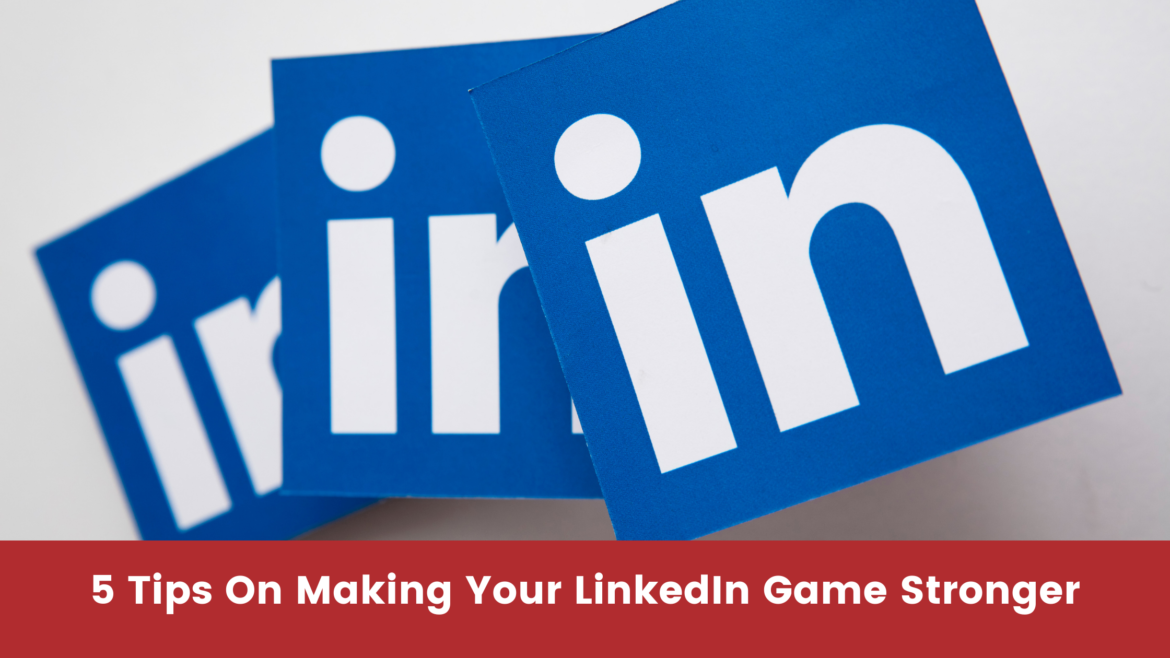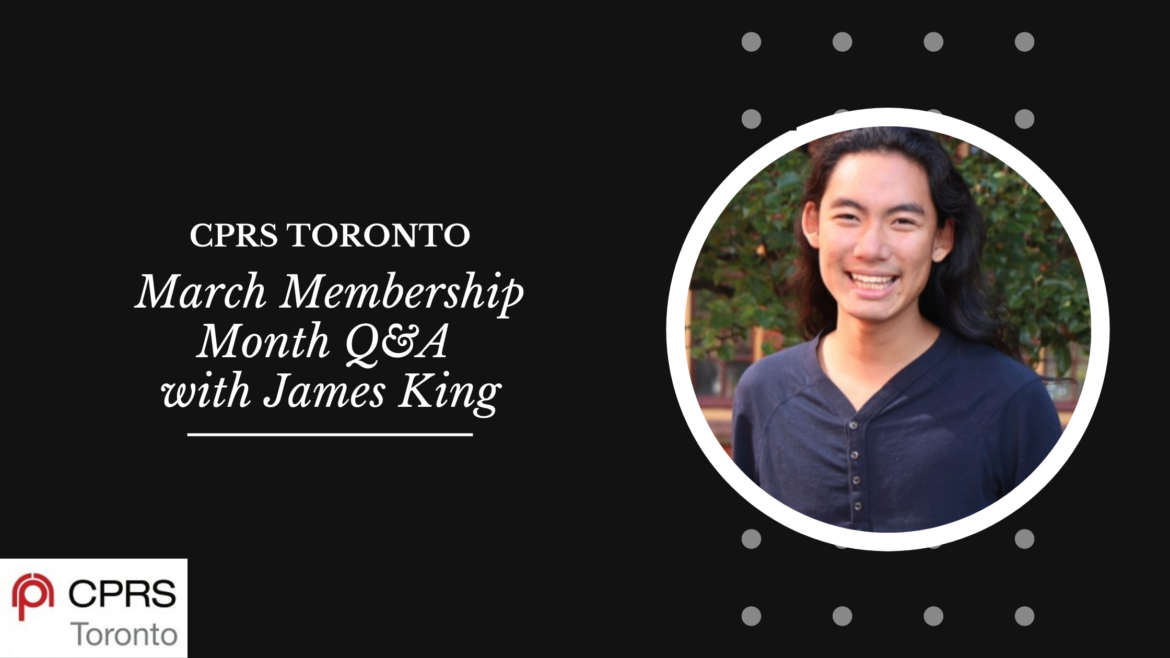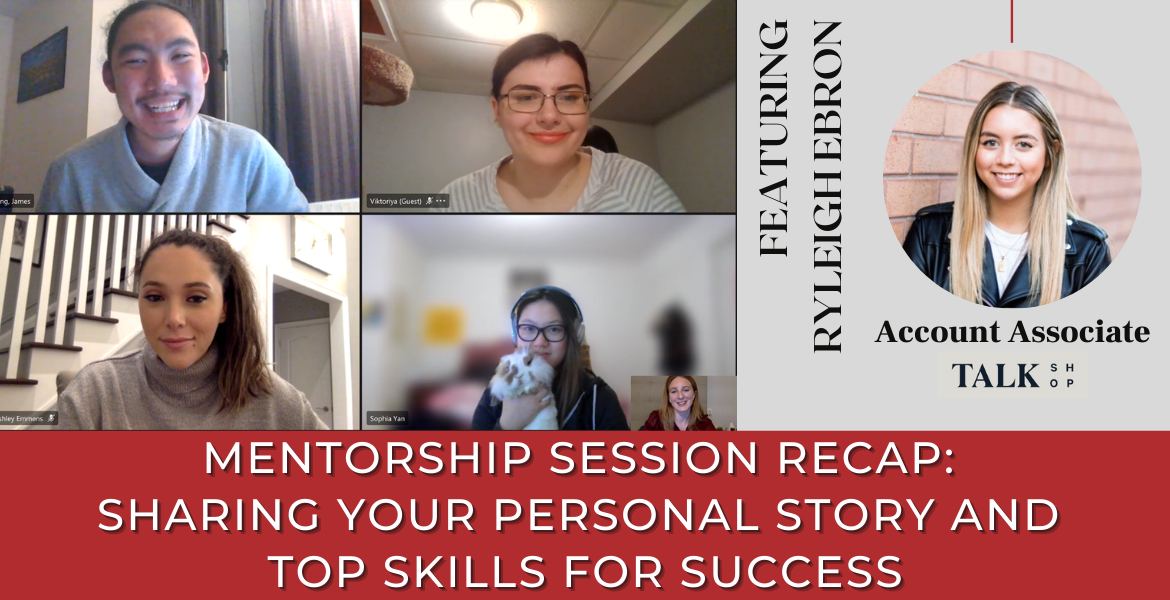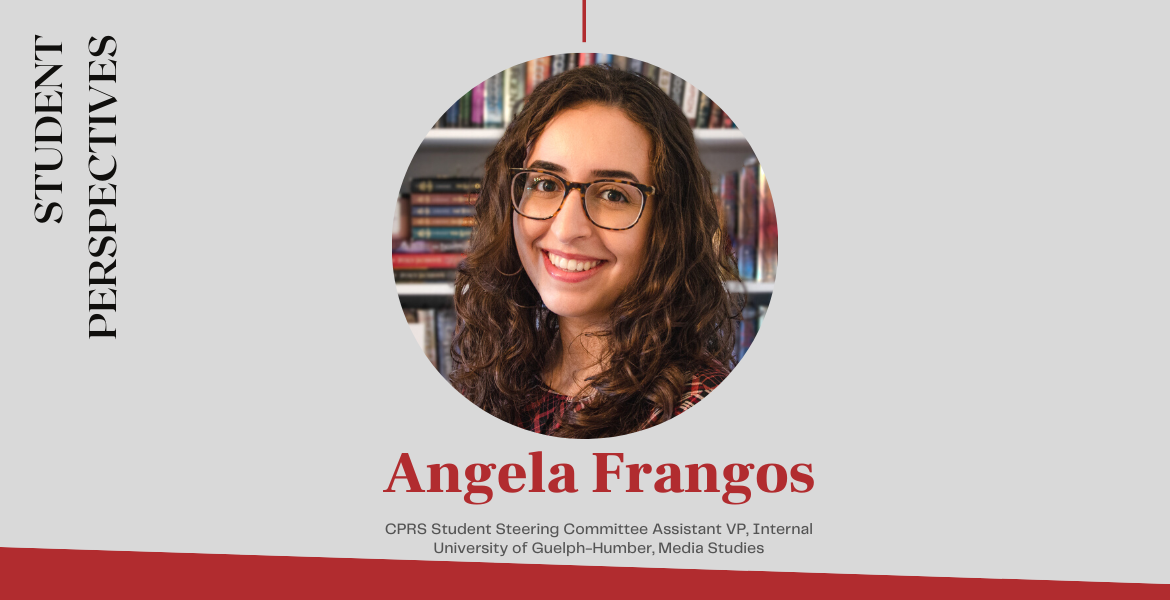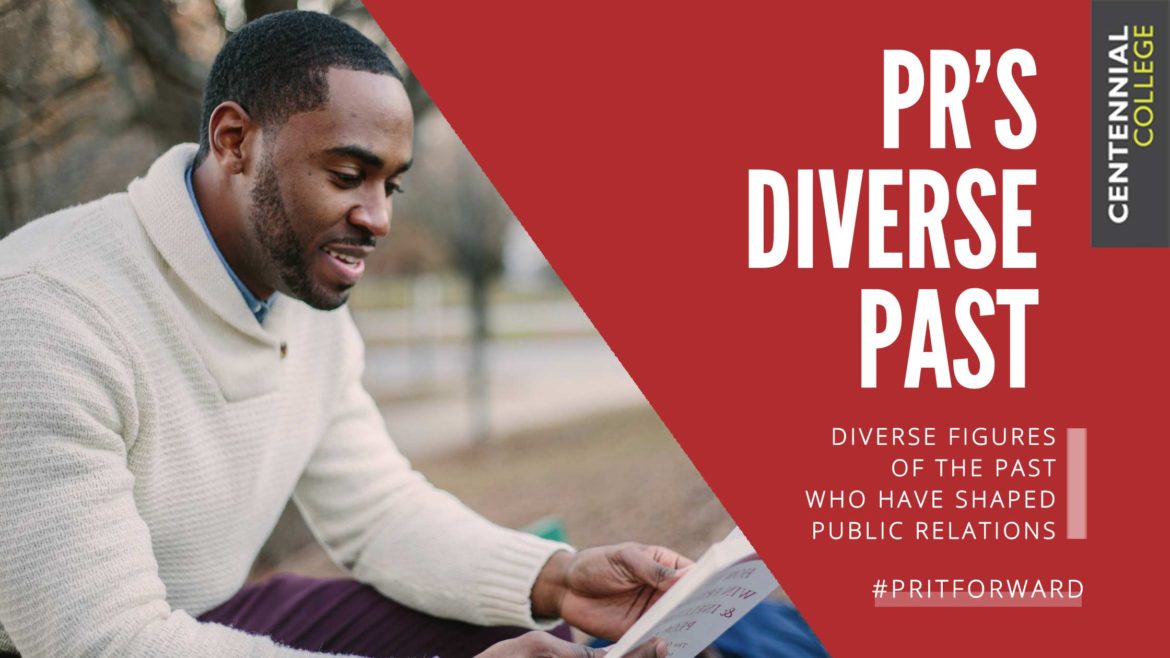Announcing the Winners of the 2024 Canadian Public Relations Society (CPRS) Toronto Chapter’s Achieving Communications Excellence (ACE) Awards
Metro Inc. and Agnostic win Best in Show Campaign, while the Electrical Safety Authority and Proof Strategies take home Best Creative Campaign of the Year, respectively
The Canadian Public Relations Society (CPRS) Toronto chapter has announced the winners of the 2024 annual ACE Awards. The awards celebrate the industry’s top communicators and public relations programs and campaigns from the past year.
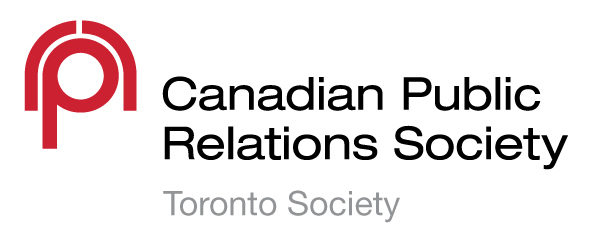

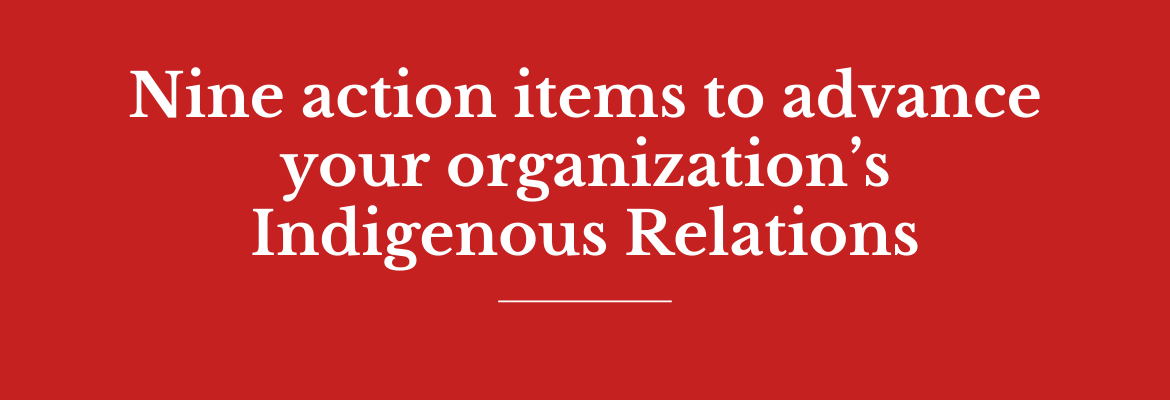


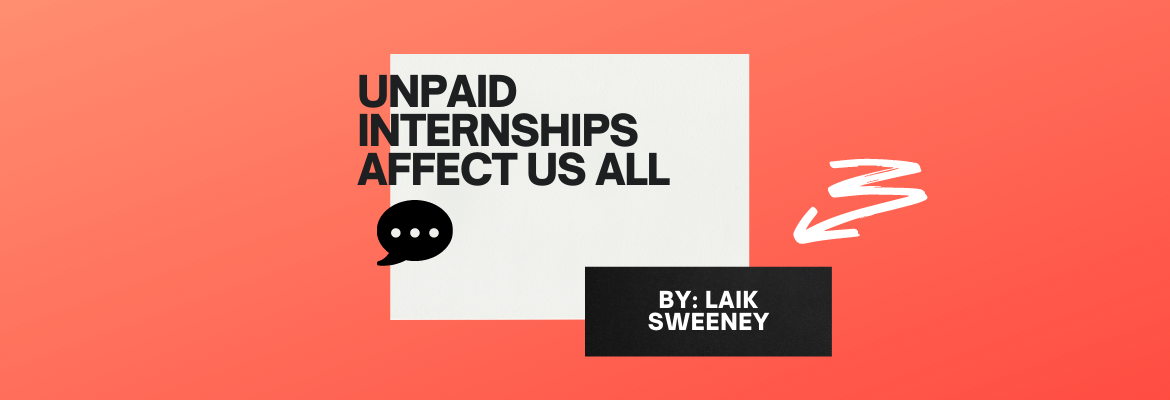

 Why should you attend this event? Carol-Ann said it best by stating it is a time to reset, a time where people can step off the treadmill of their lives and for the duration of it just take in the content and maybe even walk away making some new decisions for their lives.
Why should you attend this event? Carol-Ann said it best by stating it is a time to reset, a time where people can step off the treadmill of their lives and for the duration of it just take in the content and maybe even walk away making some new decisions for their lives.